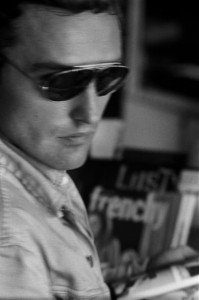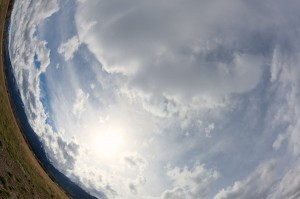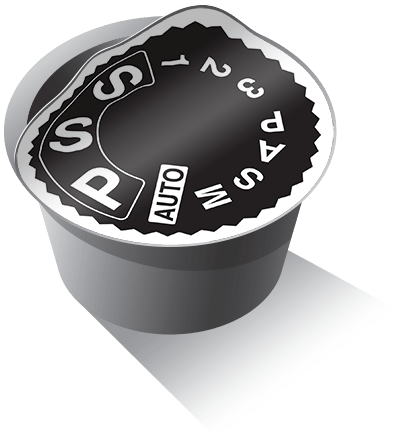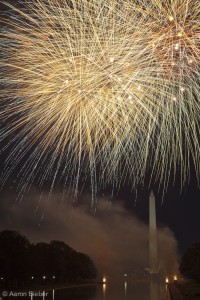-
Expose to the Right! the Right, I Say!
To the right of your histogram that is. You do remember how to read one, yes? Slightly, ever so slightly exposing all of your photographs to the right of the histogram, which is to say slightly overexposing them, should be your goal, 100% of the time.
Why? Because there is more data in the brightest few stops of sensor attenuation than in the rest of the entire range, which is to say that there will be more detail, less banding, less noise, and so forth, within the brightest areas than there will be in the darkest ones. But you’ve observed that before, right? You’ve seen how terrible shadow areas can look when you try to brighten them up.
“It’s better to overexpose a photo than to underexpose it.” —Will Greenwald
Then there’s this guy Will Greenwald. He just posted a whole article about this in which he says “it’s better to overexpose a photo than to underexpose it.” Awesome, I agree. But neither of us are saying you should “blow out” any of your image; definitely don’t do that.
Strangely, most of the people who commented on Will’s article disagreed with him. Those people are amateurs.
-
Independence Day in Washington, D.C.; Trials and Tribulations
To say that photographing the fireworks display in Washington, D.C. is a challenge might be hyperbole. Compared to those in Boston and New York City, which I’ve photographed two times each, getting a reasonable spot to shoot from is a cakewalk.
The National Mall opens at around 10 AM, but even at 3 PM there are still plenty of good spots by the Lincoln Memorial, so there’s no need to hurry. The real challenge, it would seem, is the complete and total lack of information about the strategy and considerations of shooting in the heart of the nation’s capital.
-
Dennis Hopper, Actor... and Photographer?!

As I’m sure you’ve heard, Dennis Hopper passed away just days ago (the 29th of May, 2010). As an actor, I personally loved his roles in such classics as Super Mario Bros., Waterworld, and Speed, though he is best known for Easy Rider, Rebel Without a Cause, Cool Hand Luke, and more. He certainly had a knack for the dramatic, but what I didn’t know was that he also had a knack for photography.
-
Panomania!
Seldom do I employ such emphatic punctuation in a blog title, or such bombastic portmanteaus, but it seemed appropriate given the out-of-control creation of panoramas that I’ve been engaged in lately.
As I mentioned in my last post, I’m out here in the great American west—“big sky country,” if you want to call it that—and some of the sights I’ve seen were nothing less than demanding of a panoramic treatment. On top of that, I suffer from a devastating case of technolust and wanted to really put “AutoPano Giga” through the paces. Well, I sure did. I also probably melted the heat sink off my poor laptop’s CPU…
Arthur C. Clarke once wrote that “any sufficiently advanced technology is indistinguishable from magic.” In the case of AutoPano Giga, I think he was wrong; I think it actually is magic. I have tried a few panorama tools out there; the free and open-source Panotools, a couple of Mac-exclusive ones, and so on. AutoPano Giga is so easy and so fast and so accurate, it blows them all out of the water. Of course it also costs an arm and a leg, but at least you know why.
After the break, actual panoramas!
-
The High Plains and Beyond

This week, I am traveling through the western US on a sort of national park whirlwind tour. I flew into Denver, CO on Sunday, took a quick jaunt through about half of Rocky Mountain National Park, and now I’m hanging out in Grand Teton National Park until tomorrow when I’ll head up to Yellowstone (to the right is a fisheye shot of part of the Teton range I took yesterday).
Although the landscapes are breathtakingly (and effortlessly) beautiful, photographing out here in these western mountain parks presents its own challenges, and I’d like to share with you what I’ve learned so far about successfully shooting in Rocky Mountain and Grand Teton.
 Single-Serving Photo
Single-Serving Photo
